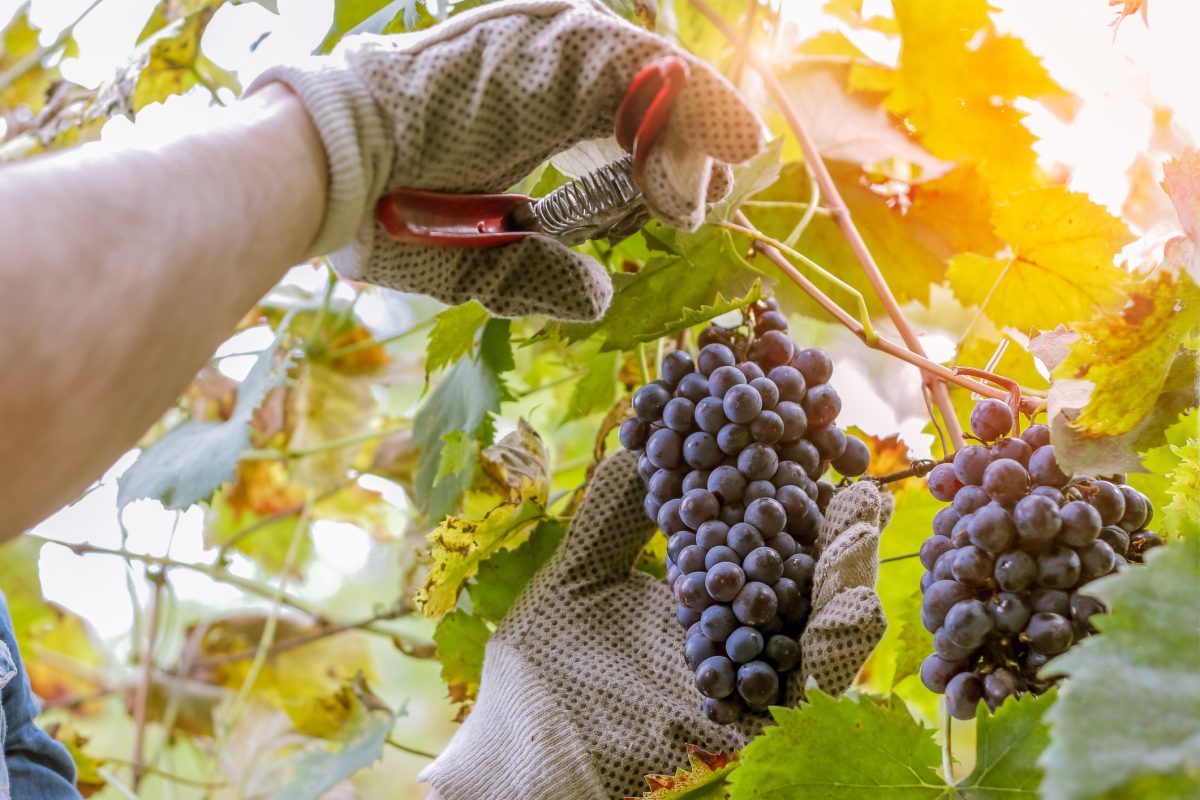Sustainable Winegrowing Australia (SWA) has released its impact report for the 2021-2022 financial year, with findings indicating a significant demand for sustainable wine in the Australian market.
SWA is a members’ collective of over 1100 Australian grapegrowers and winemakers, providing sustainability certification and benchmarks for wine producers. SWA saw a 48 per cent increase in membership compared to last financial year, and the program now represents 40 per cent of total wine production in the country.
“It’s been another really challenging year for the industry facing extreme weather events and inflation pressures, and yet the growth in membership demonstrates that sustainability is a major priority for producers, as well as the power and benefit of the collective effort within the program,” said Wine Australia’s Head of ESG and Market Access Rachel Triggs.
The report presents data about sustainability practices adopted by SWA members, as well as public attitudes towards to sustainable wine production.
People & Community
Sustainability is of great importance to the Australian consumer, with 78 per cent of Australians saying they consider a brand’s social and environmental actions prior to purchase, while 65 per cent of consumers said that their preference is for sustainable wine. This trend continues internationally, with over half of respondents saying they only trust a winemaker’s sustainability claims if they are officially certified. Over 200 wine labels now carry the SWA certification mark. However, sustainable initiatives don’t get in the way of a quality drop.
“We love to get nerdy and talk about the statistics and viticultural science,” said Kim Chalmers of Chalmers Wines, “but none of that matters if you can’t make good wine.”
SWA also promotes community participation as a part of sustainable winemaking as 86 per cent of vineyards and 94 per cent of wineries contribute to their local communities, with half making regular contributions.
Environmental Action
The extreme weather events of the past year further highlight the importance of sustainable growing practices. Among SWA member vineyards and wineries:
- 91 per cent of vineyards and 84 per cent of wineries have taken steps towards efficient water management.
- 80 per cent of members have introduced energy efficient practices.
- 79 per cent of vineyards and 87 per cent of wineries have taken steps to reduce their waste production.
- 50 per cent of vineyards use best practice soil and nutrient management.
- 74 per cent of members promote biodiversity by dedicating land to cultivating native flora.
The energy efficient practices promoted in the report include installing solar panels or using electric vehicles. To reduce landfill waste, SWA suggests minimising packaging and using grape marc as compost, as well as reusing and recycling.
As irrigation accounts for over 70 per cent of worldwide water use, SWA recommends practices such as targeted irrigation to reduce water waste. For 20 years, Victorian growers Chalmers Wines have been refining dry growing, utilising sun-loving varieties, drought-resistant rootstock, and wide vine spacing. The winery’s 2022 vintage used 36 per cent less water than the average in the Murray Darling & Heathcote region. The team are also experimenting with bush vines, which use even less water. This commitment to sustainability has naturally required innovation.
“We’ve gone beyond the French and Italian textbooks of dry growing,” explained Chalmers. “We’re growing grapes in conditions that they didn’t even think were possible.”
SWA’s benchmarking, advocacy, and certification has proven a useful tool for winegrowers concerned about their environmental impact.
“There’s really no option other than sustainable winegrowing,” Chalmers concluded. “That’s why it’s so great to have groups like Sustainable Winegrowing Australia where we can get together and share ideas and talk about what’s happening region to region.”
Did you know?
There are five ways you can stay up-to-date with industry news thanks to The Shout?

